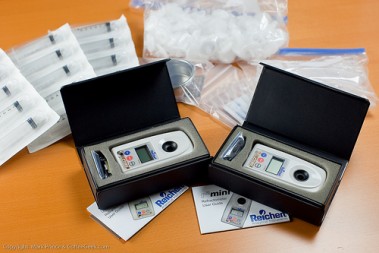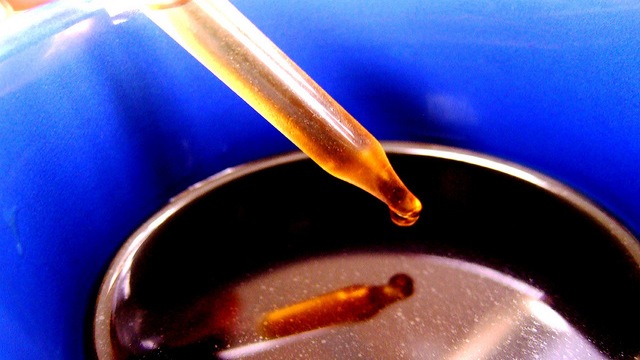It’s practically impossible to brew the same cup of coffee each day. New technology to analyze and automate coffee brewing helps anyone bring reproducibility to his or her morning coffee routine.
The perfect cup of coffee can be quantified in terms of its strength, also called total dissolved solids, and the percent of flavors extracted from the beans during brewing. Let’s get technical about the numbers.
Back in the 1960s, Ernest E. Lockhart, a researcher at the Massachusetts Institute of Technology, made pots of coffee with varying strengths and degrees of extraction. Then he asked people which brew they preferred. From that survey, and another follow-up by the Specialty Coffee Association of America, numerical standards emerged to describe the perfect cup of coffee: a brew with 1.15-1.35% dissolved solids and 18-22% of the possible flavors extracted.
You can measure these numbers for your coffee at home. A handheld device called a refractometer shines light through a droplet of coffee, measuring how much the light waves bend as they travel through the liquid. The amount of dissolved solids in the coffee – including sugars, acids, and flavors from the coffee as well as the minerals in the water -- affect how much the light bends, and thus the reading on the device.

Enter that percentage of dissolved solids from the refractometer, as well as the weight of water and beans you used, into an iPhone app called MoJoToGo to calculate the extraction percent.
